|
Thérèse philosophe, 1783. |
Late 18th century books |
 |
 |
 |
 |
 |
 |
 |
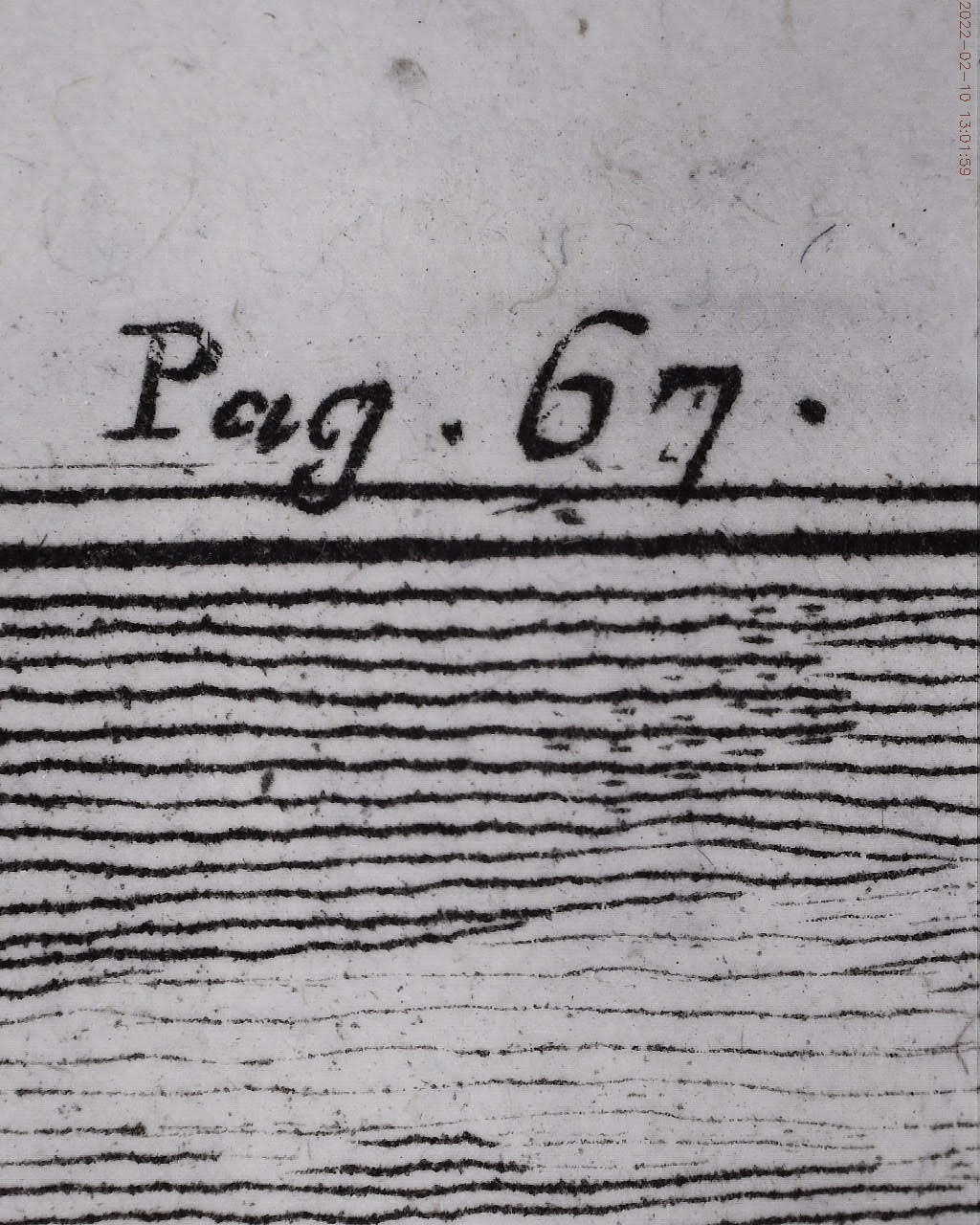 |

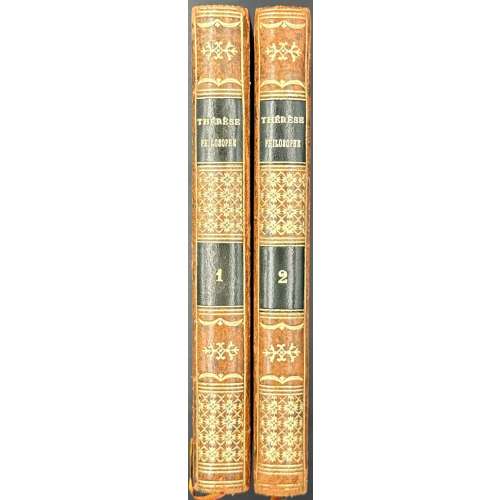
|
Thérèse philosophe, 1783. |
Late 18th century books |
 |
 |
 |
 |
 |
 |
 |
 |


Kuroki Matsujiro (黒木松次郎) was born in the village of Itsuki in Kuma district, Kumamoto prefecture, island of Kyushu in Bunka era, 4th year (1807). Since from his childhood he was blessed by great physique and tough strength. He had affection for sumo. At the age of 18 he became a sumo student of Kumamoto Shimakawa Ikuhei and took the name of Toyama Hidekichi (遠山日出吉). At the age of 23 (1830), he entered sumo stables in Kyoto, mastered the art of taming of young horses, and his talents improved. At the age of 31 he went to Edo, and became a disciple of the ōzeki Oitekaze Kitaro of Hirado domain in Hizen province, also from Kyushu island. After that, he changed his name and became Kuroyanagi Matsujiro (黒柳松次郎 – as on the print). In 1847 (Bunka era, 4th year) he distinguished himself by advancing to the first grade, and at the age of 32 he was promoted to ozeki level, becoming sekitori. After changing his name to Kuma-ga-take Inosuke (熊ヶ嶽猪之介 / くまがたけいのすけ) he displayed further efforts, and became one of the strongmen that fermented sumo wrestling in Edo. In 1853 (Kaei era, 6th year) he retired and returned to his village, becoming an employee as a strongman of Sagara domain (相良藩), and worked hard as instructor of the sumo training hall to train successors until 1855 (Ansei era, 2nd year) when he passed away at the age of 48. Even today Kuma-ga-take's home exists in Itsukimura (his native village). Also, on those grounds a descendant of Kuma-ga-take runs minshuku (guest house) that bears the name of "The Kuroki Pension (lodging) ", and tourists come to visit from various parts of Japan. In 2015, tenth month, within the borders of Aoi Aso Shrine there was built a gravestone publicly honoring Kuma-ga-take Inosuke, sumo wrestler from Edo / of Edo period.
| Highest Rank | Maegashira 4 |
| Real Name | Kuroki |
| Birth Date | 1815 |
| Shusshin | Kumamoto-ken, Kuma-gun |
| Death Date | March 6, 1855 (40 years) |
| Heya | Oitekaze |
| Shikona | Kuroyanagi Matsujiro - Kumagatake Isuke |
| Hatsu Dohyo | 1836.02 (Sandanme) |
| Intai | 1853.02 |
On another important sumo history website, I found that Kuroyanagi first appeared at ring in the spring of 1823 (he might have been 16 years old then, which does not seem right). Then, in the winter tournament of 1848 Kuroyanagi took the name Kumagatake. At the spring tournament of 1853 Kumagatake (Kuroyanagi) retired. This is quite consistent so far.
Then, I found Oitekaze Kitaro, allegedly the teacher of Kuroyanagi.| Highest Rank | Ozeki |
| Real Name | SATO Matsujiro (Matsutaro#) |
| Birth Date | 1799 |
| Shusshin | Kanagawa-ken, Tsukui-gun |
| Death Date | May 4, 1865 (66 years) |
| Heya | Oitekaze |
| Shikona | Kuroyanagi Matsujiro - Kuroyanagi Sumiemon - Oitekaze Kitaro |
| Hatsu Dohyo | 1817.10 (Jonokuchi) |
| Intai | 1839.03 |




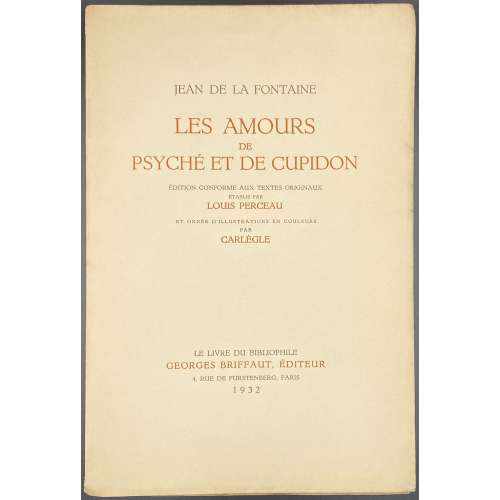

![Конрад Н.И. Театр Кабуки, его история и теория // Японский театр. — Л.-М.: Academia — Всесоюзное Общество культурной связи с заграницей, 1928. — Тир. 3.200 экз. [Сборник статей под редакцией проф. Н. И. Конрада. В книге представлены статьи Н. Конрада, О. Плетнера, Д. Аркина, посвященные традиционному японскому театру. Объём книжки — 60 стр.].](https://varshavskycollection.com/wp-content/uploads/2021/02/LIB-0975.2016-a-scaled-500x500.jpeg)




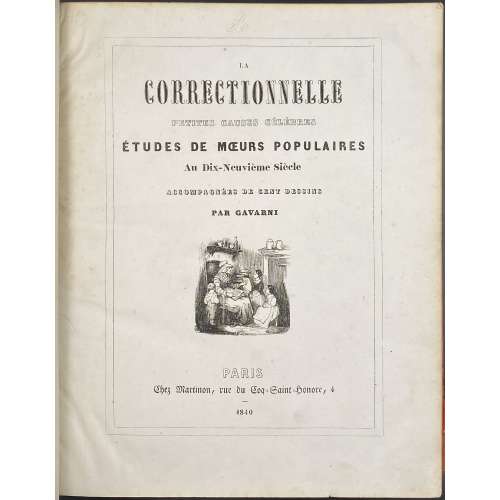


SVJP-0179-3.2014: The Hour of the Tiger, Seventh Hour of Night from the series Twelve Hours of a Modern Clock.

SVJP-0222.2016: A view of the dressing room of a Theater in Dōtonbori, Ōsaka.

SVJP-0105.2014: Ichikawa Danjūrō VIII as the ghost of Seigen.

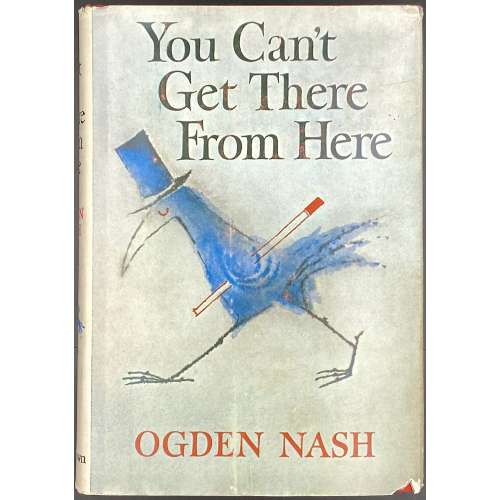
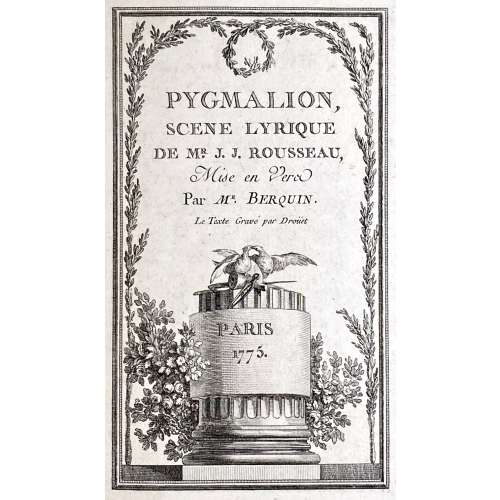


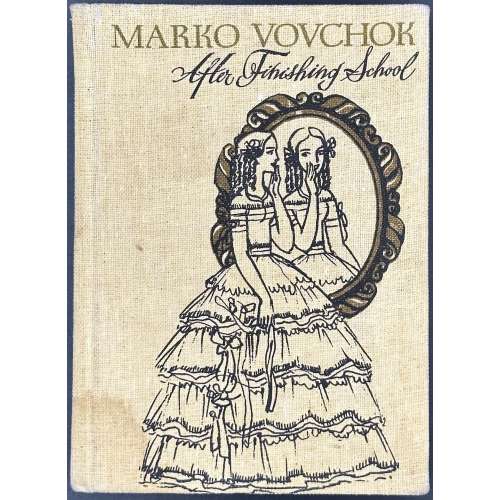

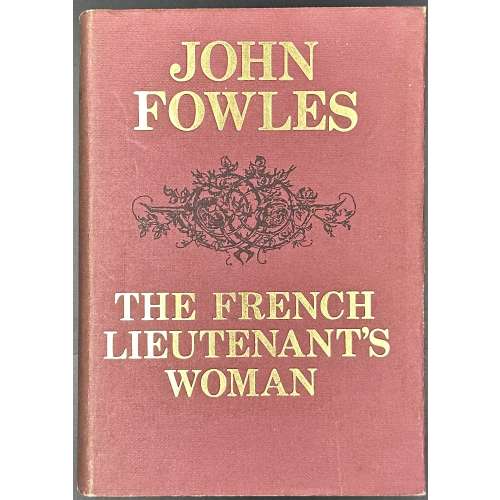

Title page [in black and blue]: ЭРАЗМ | РОТТЕРДАМСКИЙ | ПОХВАЛЬНОЕ СЛОВО | ГЛУПОСТИ | ПЕРЕВОД И КОММЕНТАРИИ | П. К. ГУБЕРА | ВСТУПИТЕЛЬНАЯ СТАТЬЯ | И. СМИЛГИ | {vignette} | ACADEMIA | МОСКВА ~ ЛЕНИНГРАД | 1932 ||
Pagination: [1-7] 8-236 [4], in-text illustrations after Hans Holbein the Younger, title page, DJ, cloth by Л. С. Хижинский, photo reproduction of the portrait of Erasmus by Hans Holbein the Younger from The Louvre museum w/guard paper.
Collation: 8vo; [1]8 2-158, + 1 plate extraneous to collation (portrait).
Binding: 18 x 13 cm; Pictorial stamped cloth, pictorial DJ, pictorial endpapers, back board blind-stamped.
Print run: 5,300 copies.
Catalogue raisonné: Крылов-Кичатова (2004), №477, p. 221. (in 1930 section). Contributors: Desiderius Erasmus Roterodamus (Dutch, c. 1469 – 1536) – author of the original text in Latin. Hans Holbein the Younger (German, 1497/8 – 1543) – artist. Губер, Пётр Константинович (Russian, 1886 – 1941) – translator from Latin into Russian (died in GULAG) Смилга, Ивар Тенисович (Latvian-Russian, 1892 – 1937) – author, foreword (shot by a firing squad). Хижинский, Леонид Семёнович (Russian, 1896 – 1972) – artist (title page, DJ, cloth).
Hard-bound Quatro (304 x 246 mm) printed in lithography with hand-colored details on cover.
The name of artist hardly legible on a stamp on frontispiece: скворцов.
The text repeats itself on multiple pages. Most probably the book is a pilot run, never went to mass printing and distribution.
![Э. Лиссагарэ. История Парижской Коммуны в 1871 году / С французского. Полный перевод под редакцией В. Базарова. — С.-Петербург. 1906. (Дешевая библиотека товарищества "Знание", № 274). — pp.:[4] [1] 2-524. [Проспер Оливье Лиссагарэ].](https://varshavskycollection.com/wp-content/uploads/2021/02/LIB-1158.2016-d-500x500.jpeg)
![[James Macpherson]. The Poems of Ossian / Translated by James Macpherson, Esq; In Two Volumes. A New Edition; Two volume set. — London: Printed for W. Strahan and T. Cadell, MDCCLXXXIV [1784]. — Vol.1: [i-v] vi-xiii, [2] 3-404 pp; vol.2: [6], [2] 3-435 pp.](https://varshavskycollection.com/wp-content/uploads/2021/02/LIB-2397.2020-500x500.jpeg)


John Johnson (1777-1848) operated Sir Samuel Egerton Brydges's Lee Priory Press before a falling-out. Typographia was printed at his Apollo Press, in Brook Street, Holborn, with the financial support of Edward Walmsley, and came out in four sizes. "Of the few standard works on the art of printing in the English language, this is perhaps the most familiar. [The first volume contains] a table of the introduction of the art into the different countries, after which comes the "introduction and art in Great Britain", with a list of the productions of the first printers up to 1599. The second volume may be described as practical, in contradistinction to the first, which is historical. It gives a description of types, directions for composing, for press, and warehouse work, &c. It is particularly rich in foreign alphabets, a feature which has gained of it great estimation. It has long since become, and deservedly, a printer's classic" - Bigmore & Wyman, I, pp.371-2.Note: This is the book that served as a source of plagiarism for Adams's Typographia: a brief sketch of the origin, rise, and progress of the typographic art published in Philadelphia by himself in 1837. The copy returned to the seller for the reason stated in section Points above and replaced with the unaltered copy LIB-2693.2021.





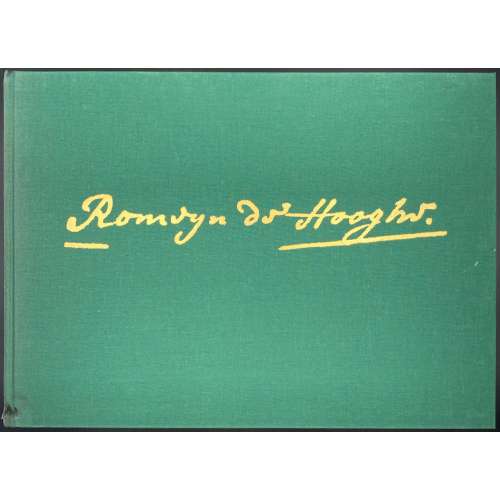



№ 358, p. 226. Bandō Mitsugorō III as Grand arbiter Kiyosumi and Arashi Koroku IV as Koganosuke.










 Surprisingly, there is only limited information about Michel Hoyer in Spanish Wikipedia; other language versions of his biography do not exist. Another author mentioned in the book is some anonymous Augustinian from Cologne.
Regarding the illustrations. In our copy, the frontispiece is missing. It was probably ripped off by some unscrupulous seller of antique prints.
The image on the missing frontispiece is this:
Surprisingly, there is only limited information about Michel Hoyer in Spanish Wikipedia; other language versions of his biography do not exist. Another author mentioned in the book is some anonymous Augustinian from Cologne.
Regarding the illustrations. In our copy, the frontispiece is missing. It was probably ripped off by some unscrupulous seller of antique prints.
The image on the missing frontispiece is this:
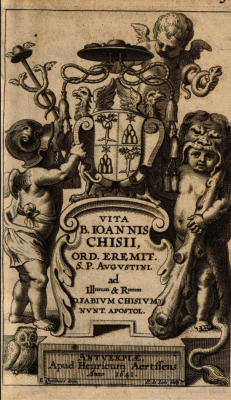 The names of the artists engraved in the bottom of the stone: E. Quellinus, delin. to the left and P. de Jode, fecit. to the right. We can infer that the other illustrations in that book are produced by the same duo. The image represents three cherubs: one with Athena's serpent in his left hand and a cardinal's hat in his right hand; another in Athen's helmet on his head and her owl beside his feet, with the staff of Mercurius (serpent-twined staff adorned with a winged hat) in his left hand, and the House of Chigi - Della Rovere coat of arms in his right hand; the third cherub depicted with the Hercules attributes - lion pelt and a club.
Regarding the publisher. Henricum Aertssens or Hendrik Aertssen, 1586-1658. Besides the other books, he published PIA DESIDERIA by Herman Hugo in 1636 [1621 french edition by Jean Cnobbartin in Antwerp in his collection LIB-1657.2018]. According to Nina Lamal [2], nothing is known about career of this publisher, besides what's said in Adresboek van zeventiende-eeuwse drukkers, uitgevers en boekverkopers in Vlaanderen / Directory of seventeenth-century Printers, Publishers and Booksellers in Flanders / Vlieger-De Wilde, Koen De (editor). The list of his publications can be seen here.
Other artists who turned to the figure of Blessed Giovanni Chigi were Abraham van Diepenbeeck (painter) and Conrad Lauwers (engraver). The print is in Rijksmuseum, in Amsterdam.
The names of the artists engraved in the bottom of the stone: E. Quellinus, delin. to the left and P. de Jode, fecit. to the right. We can infer that the other illustrations in that book are produced by the same duo. The image represents three cherubs: one with Athena's serpent in his left hand and a cardinal's hat in his right hand; another in Athen's helmet on his head and her owl beside his feet, with the staff of Mercurius (serpent-twined staff adorned with a winged hat) in his left hand, and the House of Chigi - Della Rovere coat of arms in his right hand; the third cherub depicted with the Hercules attributes - lion pelt and a club.
Regarding the publisher. Henricum Aertssens or Hendrik Aertssen, 1586-1658. Besides the other books, he published PIA DESIDERIA by Herman Hugo in 1636 [1621 french edition by Jean Cnobbartin in Antwerp in his collection LIB-1657.2018]. According to Nina Lamal [2], nothing is known about career of this publisher, besides what's said in Adresboek van zeventiende-eeuwse drukkers, uitgevers en boekverkopers in Vlaanderen / Directory of seventeenth-century Printers, Publishers and Booksellers in Flanders / Vlieger-De Wilde, Koen De (editor). The list of his publications can be seen here.
Other artists who turned to the figure of Blessed Giovanni Chigi were Abraham van Diepenbeeck (painter) and Conrad Lauwers (engraver). The print is in Rijksmuseum, in Amsterdam.
 Here we see a more complex composition but with a clear reference to the work of Quellinus and de Jode: The cherub in Athena's helmet takes away the old coat of arms of the Chigi, and the other cherub points out to the new one, with papal symbols of St. Peter's keys, another cherub carries the papal tiara. Rijksmuseum dates the image as 1642 - 1685; most probably it is ca. 1655, when Fabio Chigi became Pope Alexander VII, and propaganda was focused on promoting his outstanding ancestor Giovanni, who died 300 years before. Giovanni Chigi is depicted here resurrected, accompanied by the archangel, and receiving the blessing from Jesus on the cross.
1 - Michael J. Walsh. A New Dictionary of Saints: East and West, p. 308.
2 - Nina Lamal. Publishing military books in the Low Countries and in Italy in the early seventeenth century in 'Specialist Markets in the Early Modern Book World', ed. Richard Kirwan, Sophia Mullins, Leiden: Koninklijke Brill, 2015, pp. 232-233.
Here we see a more complex composition but with a clear reference to the work of Quellinus and de Jode: The cherub in Athena's helmet takes away the old coat of arms of the Chigi, and the other cherub points out to the new one, with papal symbols of St. Peter's keys, another cherub carries the papal tiara. Rijksmuseum dates the image as 1642 - 1685; most probably it is ca. 1655, when Fabio Chigi became Pope Alexander VII, and propaganda was focused on promoting his outstanding ancestor Giovanni, who died 300 years before. Giovanni Chigi is depicted here resurrected, accompanied by the archangel, and receiving the blessing from Jesus on the cross.
1 - Michael J. Walsh. A New Dictionary of Saints: East and West, p. 308.
2 - Nina Lamal. Publishing military books in the Low Countries and in Italy in the early seventeenth century in 'Specialist Markets in the Early Modern Book World', ed. Richard Kirwan, Sophia Mullins, Leiden: Koninklijke Brill, 2015, pp. 232-233.

![Юрий Масанов. В мире псевдонимов, анонимов и литературных подделок. / Под ред. и с вступ. ст. П. Н. Беркова. (Серия: Историко-литературные и биографические очерки). – М.: Издательство Всесоюзной книжной палаты, 1963. – pp.: [1-6] 7-318 [2], errata slip.](https://varshavskycollection.com/wp-content/uploads/2021/02/LIB-1589.2018-a-500x500.jpeg)
![George Cruikshank's omnibus / edited by Laman Blanchard. – London : Tilt and Bogue, 1842. – [2], vi, [2], [2] 300 p., [22] leaves of plates : ill's.](https://varshavskycollection.com/wp-content/uploads/2021/02/LIB-2558.2020-6-500x500.jpeg)


This catalogue features the top ten percent of the collection ... presented in an exhibition ['Great ukiyo-e masters : common pleasures, uncommon prints : Japanese woodcuts from the Minneapolis Institute of Arts', sponsored by Asano Laboratories] that opened in Tokyo at the Shoto Museum of Art on October 2, 2007, and traveled to the Nara Prefectural Museum of Art and the Sanritz Hattori Museum of Arts"--Foreword. "This [2011] publication ... coincides with a special exhibition, 'Edo Pop: Japanese Master Prints from the Minneapolis Institute of Arts' (October 16, 2011, through January 8, 2012), which will [also] be shown at the High Museum of Art in Atlanta ..."--Foreword. "With contributions by Shūgō Asano, Akane Fujisawa, Murasaki Fujisawa, Yuriko Iwakiri, Yōsuke Katō, Junko Mutō, Noriko Yamamoto. Contents: Foreword / Kaywin Feldman Acknowledgments / Matthew Welch, Yuiko Kimura-Tilford Seductive beauty : coveting and collecting Ukiyo-e / Matthew Welch Time line of the artists Catalogue of selected prints Object list in English and Japanese
